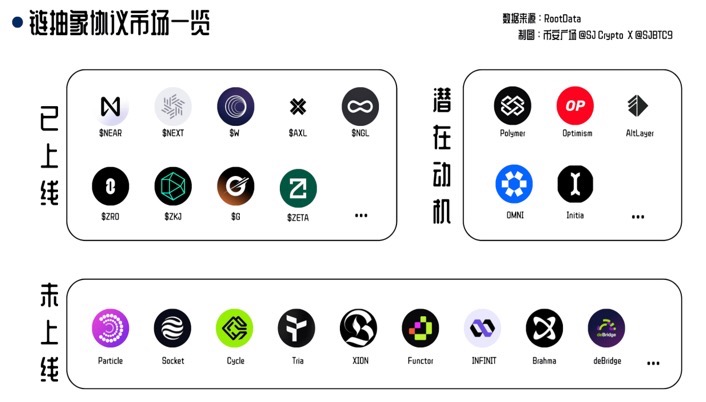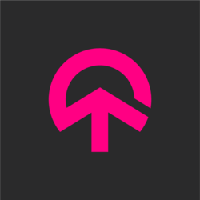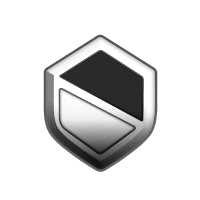
Relacionado con la moneda
Calculadora de precios
Historial de precios
Predicción de precios
Análisis técnico
Guía de compra de la moneda
Categoría cripto
Calculadora de ganancias

Precio de Gas DAOGAS
¿Qué opinas hoy de Gas DAO?
Precio actual de Gas DAO
¿Cuál es el precio más alto de GAS?
¿Cuál es el precio más bajo de GAS?
Predicción de precios de Gas DAO
¿Cuál será el precio de GAS en 2026?
¿Cuál será el precio de GAS en 2031?
Historial del precio de Gas DAO (EUR)
 Precio más bajo
Precio más bajo Precio más alto
Precio más alto 
Información del mercado de Gas DAO
Capitalización de mercado de Gas DAO
Holdings por concentración de Gas DAO
Gas DAO direcciones por tiempo en holding

Clasificación de Gas DAO
Acerca de Gas DAO (GAS)
Gas DAO Token: Un Análisis Completo
El mundo de las criptodivisas continúa evolucionando y proporcionando nuevas oportunidades para inversores y desarrolladores por igual. Una de estas innovaciones recientes es el Gas DAO Token. Este artículo proporcionará una visión en profundidad del Gas DAO Token, su importancia y su papel en el mundo de las criptomonedas.
¿Qué es Gas DAO?
Gas DAO es un ejemplo destacado de una Organización Autónoma Descentralizada (DAO), una entidad que utiliza la tecnología blockchain para proporcionar transparencia y seguridad en su funcionamiento. Gas DAO es particularmente notable por su enfoque en la economía del gas, proporcionando una solución que busca minimizar los costos de transacción y aumentar la eficiencia a lo largo de todo el ecosistema de blockchain.
Características clave del Gas DAO Token.
1. Gobernanza descentralizada
Como una DAO, Gas es gestionado en su totalidad por los tenedores de sus tokens. Los usuarios pueden votar sobre las decisiones y políticas más importantes, lo que ayuda a formar las direcciones futuras de Gas. A través de este formato de gobernanza descentralizada y democrática, Gas DAO permite a sus usuarios influir directamente en su evolución.
2. Economía del gas
La economía del gas es un aspecto esencial de las redes blockchain. Gas es una medida de la cantidad de trabajo necesaria para realizar ciertas operaciones en la cadena de bloques, desde simples transacciones hasta la ejecución de contratos inteligentes complicados. Gas DAO ha centrado su atención en este componente clave de las redes blockchain, trabajando para reducir los costos del gas y hacer que las redes sean más eficientes y accesibles para los usuarios.
3. Innovación tecnológica
Gas DAO está a la vanguardia de la innovación tecnológica en el espacio de las criptomonedas. Con un enfoque en la mejora constante y la adaptación a las nuevas tecnologías y tendencias, Gas DAO se esfuerza por mantenerse relevante y competitivo en el cambiante panorama de las criptomonedas.
Conclusión
En resumen, Gas DAO Token ofrece una visión única y valiosa del potencial y la evolución de las criptomonedas y blockchain. Al dirigir la atención hacia la economía del gas y ofrecer un formato de gobernanza verdaderamente descentralizado, Gas DAO representa una interesante oportunidad tanto para inversores como para usuarios de criptomonedas. A medida que el espacio de las criptomonedas continúa creciendo y evolucionando, será fascinante ver cómo Gas DAO y otros proyectos similares prosperan en el futuro.
GAS a la moneda local
- 1
- 2
- 3
- 4
- 5
Noticias de Gas DAO





19 de julio 2024 (CEST) Bitget lanzó los futuros GASUSDT con un apalancamiento máximo de 50x. Te invitamos a probar el trading de futuros en nuestro sitio web oficial (www.bitget.com) o a través de la app de Bitget. Futuros perpetuos GASUSDT-M: Parámetros Detalles Fecha de listado 19 de julio de 20
Nuevos listados en Bitget
Comprar más
Preguntas frecuentes
¿Cuál es el precio actual de Gas DAO?
¿Cuál es el volumen de trading de 24 horas de Gas DAO?
¿Cuál es el máximo histórico de Gas DAO?
¿Puedo comprar Gas DAO en Bitget?
¿Puedo obtener un ingreso estable invirtiendo en Gas DAO?
¿Dónde puedo comprar Gas DAO con la comisión más baja?
¿Dónde puedo comprar cripto?
Sección de video: verificación rápida, trading rápido

Bitget Insights



Activos relacionados

































